Aneta_Gu/iStock/GettyImages
A pale green or purple vegetable with creamy white flesh, a mild flavor and a crispy texture similar to water chestnuts, kohlrabi is often eaten raw, stir-fried or incorporated into casseroles. Although it belongs to the turnip family, kohlrabi isn't a root vegetable but a plump stem growing just above the ground. Look for firm, unblemished kohlrabi about the size of a golf ball, because larger kohlrabi is often woody and tough. Kohlrabi isn't suitable for canning, but freezing maintains the quality and texture of this flavorful, nutrient-rich vegetable for up to 12 months.
Trim the stems and leaves, then scrub kohlrabi gently with a vegetable brush to remove dirt and sand. Peel the tough outer layer if the kohlrabi is larger than 3 inches in diameter. Small kohlrabi require no peeling.
Cut the kohlrabi into uniform, bite-size pieces with a paring knife.
Fill a large pot or kettle with enough water to fully submerge the kohlrabi. As a general rule, use 1 gallon of water for every pound of kohlrabi.
Bring the water to a full, rolling boil. Place the kohlrabi in a steamer or colander, then submerge the vegetables into the boiling water with the burner on high.
Allow the water to return to a full boil, then immediately cover the pot and set a kitchen timer for 3 minutes.
Remove the pot from the burner as soon as the burner rings, then cool the kohlrabi quickly by plunging the vegetables into a large bowl filled with cold water. Set the timer and let the kohlrabi cool in the water for 3 minutes.
Drain the kohlrabi thoroughly, then pack the pieces in airtight freezer containers. Allow 1/2 inch of headspace at the top because the kohlrabi expands slightly when frozen. Alternatively, pack the kohlrabi into resealable bags.
Label the containers with an indelible marker, noting the date and contents.
Freeze the kohlrabi quickly by arranging the containers in a single layer with about 1 inch of space between each container. When the kohlrabi is frozen, stack the containers to save freezer space.
Related Articles

How to Preserve Rutabagas
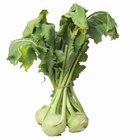
Ways to Cook Kohlrabi

How to Freeze Romanesco
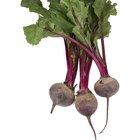
How to Freeze Fresh Beets
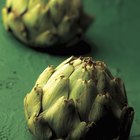
How to Parboil Artichokes

How to Boil Celery

How to Freeze Raw Zucchini
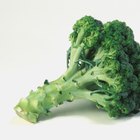
How to Cook Broccoli Stalks
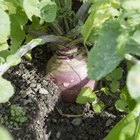
How to Cook Rutabaga in the Microwave

How to Freeze Broccoli
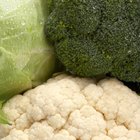
How to Steam Cauliflower & Broccoli

How Fast Does Cooked Spaghetti Squash ...

The Best Way to Cook Pumpkin
How to Cook a Large Hubbard Squash

How to Cook Mixed Greens

How to Prepare Fresh Purple Hull Peas ...
How Do I Clean Water Cress?

How Long Does It Take to Steam a Yam?
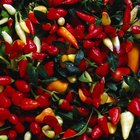
How to Freeze Cherry Peppers

How to Cook Fresh Baby Spinach for ...
References
- The Deluxe Food Lover's Companion: Sharon Tyler Herbst and Ron Herbst
- Michigan State University Extension: Using, Storing and Preserving Kohlrabi
- Still Tasty: Food Storage -- How Long Can You Keep Kohlrabi
Tips
- Test your freezer occasionally because kohlrabi and other frozen foods keep best when freezer temperatures are zero degrees Fahrenheit or lower. At this temperature, kohlrabi is safe to eat indefinitely. However, the flavor and texture decrease after 10 to 12 months.
Writer Bio
M.H. Dyer began her writing career as a staff writer at a community newspaper and is now a full-time commercial writer. She writes about a variety of topics, with a focus on sustainable, pesticide- and herbicide-free gardening. She is an Oregon State University Master Gardener and Master Naturalist and holds a Master of Fine Arts in creative nonfiction writing.